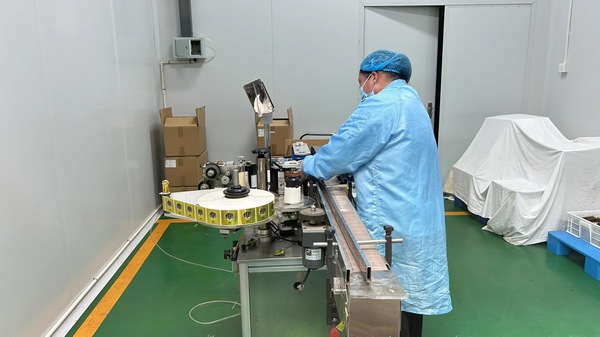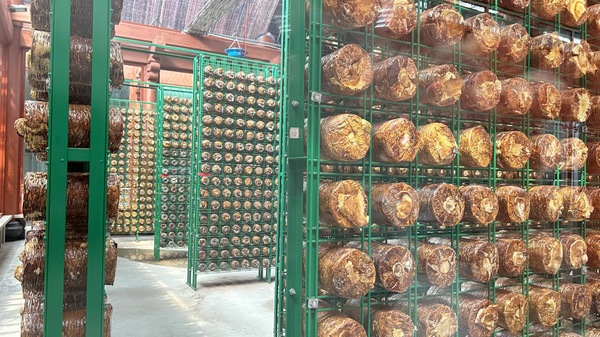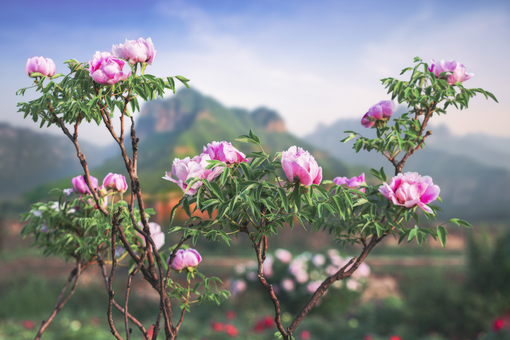Xiajin county cultivates a thriving mulberry industry
(chinadaily.com.cn)| Updated : 2024-04-24
Print Print
A man works in a factory for mulberry products. [Photo/chinadaily.com.cn]

A greenhouse for the cultivation of mulberry fungus. [Photo by Liu Chuan/chinadaily.com.cn]
Mulberry fungus, also known as sanghuang, is a hoof-shaped mushroom named for its parasitic growth on mulberry trees. It is a prized ingredient in traditional Chinese medicine and a high-value-added product derived from the mulberry industry, with significant economic potential.
Xiajin county in Dezhou, Shandong province, has harnessed its local resources to vigorously develop its mulberry industry, forging a path toward ecological and economic prosperity.
Traditionally, sanghuang grew in the wild. However, through collaboration with experts from Jilin Agricultural University, Xiajin county has established artificial cultivation methods under specific conditions, maximizing the economic potential of sanghuang.
Xiajin county has partnered with Jilin Agricultural University experts to develop three series of products encompassing over 20 varieties, generating 136 million yuan ($18.7 million) in annual sales.
The county has also established a mulberry industry research institute, which has developed high-value-added sanghuang products such as sanghuang powder, oral solution, and tea, injecting new vigor into the industry's development.
Xiajin county is actively promoting the diversified development of the mulberry industry and is protecting, developing, and utilizing clusters of ancient mulberry trees. This has resulted in the formation of a complete mulberry industrial chain that integrates mulberry tree planting, mulberry product processing, cultural experiences related to mulberries, ecological tourism, and healthcare for the elderly.
Throughout the process of promoting the mulberry industry, Xiajin county has prioritized the environment and pursued green development. The county emphasizes the protection and restoration of the natural environment, continuously improving the environmental quality of mulberry gardens through afforestation, soil and water conservation, and other measures.

 Statistics: Fun facts about Heze's peonies
Statistics: Fun facts about Heze's peonies  Cultural hub of Jining revitalizes traditional culture
Cultural hub of Jining revitalizes traditional culture  Peonies bloom in Heze
Peonies bloom in Heze